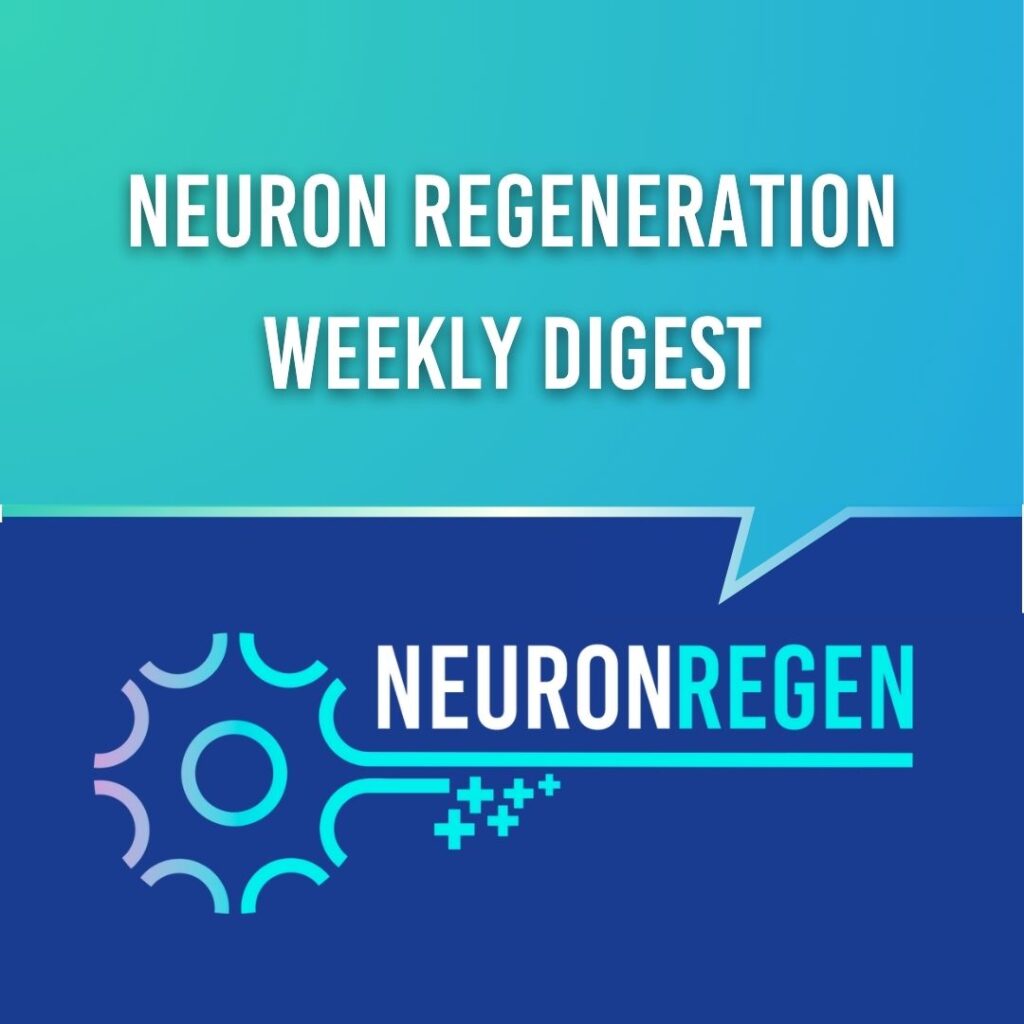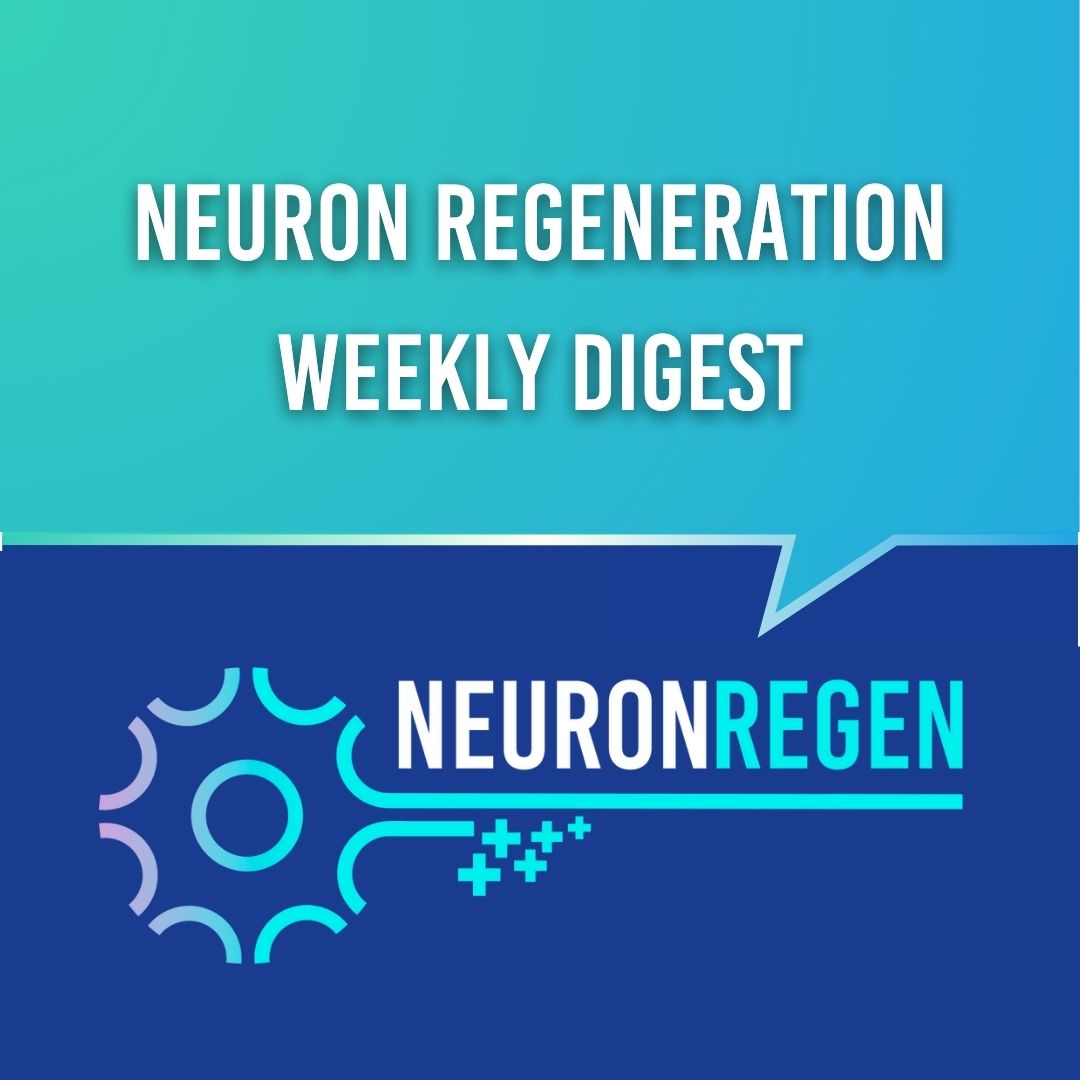Neurodegenerative diseases and traumatic brain injuries affect not only cognitive and motor function but also quality of life for millions of individuals and their families. As researchers continue to investigate what drives nerve cell damage and what might protect against it, certain immune and oxidative stress pathways have emerged as important players. This week’s featured studies examine how inflammation and neuron death interact across conditions like Alzheimer’s, Parkinson’s, and traumatic brain injury—offering valuable insights into how the brain responds under stress.
One study explores the role of IL-23 in triggering nerve cell death after traumatic brain injury, while another investigates how tacrolimus—a well-known immunosuppressant—may help preserve brain function in Alzheimer’s models. A third study uncovers how NOX4 contributes to neuron damage and inflammation in Parkinson’s disease. While more research is needed before these findings can be applied in clinical practice, they offer a hopeful direction for improving long-term brain health and recovery.

1. IL-23 promotes neuronal ferroptosis via IL-23R/STAT3 signaling after traumatic brain injury
Researchers discovered that IL-23, an inflammatory molecule released by immune cells, plays a key role in driving neuron death after traumatic brain injury by activating the IL-23R/STAT3 pathway. Blocking IL-23 or its signaling partner, CCL2, helped reduce nerve cell damage and improve recovery in mouse models—pointing to a potential path for future therapies.
2. Tacrolimus mitigates pathological patterns in mouse models of Alzheimer’s disease
Tacrolimus, commonly used as an immunosuppressant, helped reduce brain cell damage, improved social behavior, and restored glutamate balance in mouse models of Alzheimer’s disease. While memory improvements were limited in chronic treatment, these findings suggest potential for supporting brain health in Alzheimer’s.
3. NOX4 exacerbates Parkinson’s disease pathology by promoting neuronal ferroptosis and neuroinflammation
Researchers have identified NOX4 as a contributor to neuron death and brain inflammation in Parkinson’s disease. Blocking NOX4 helped protect dopamine-producing neurons and improved motor function, highlighting its potential as a future treatment target.
If you’d like to stay informed of the latest publications and breakthroughs in neuron regeneration, join our email newsletter to the right (or below on mobile). We send out weekly updates with the latest papers and studies, as well as podcast episodes with the people driving Neuroregenerative breakthroughs.

